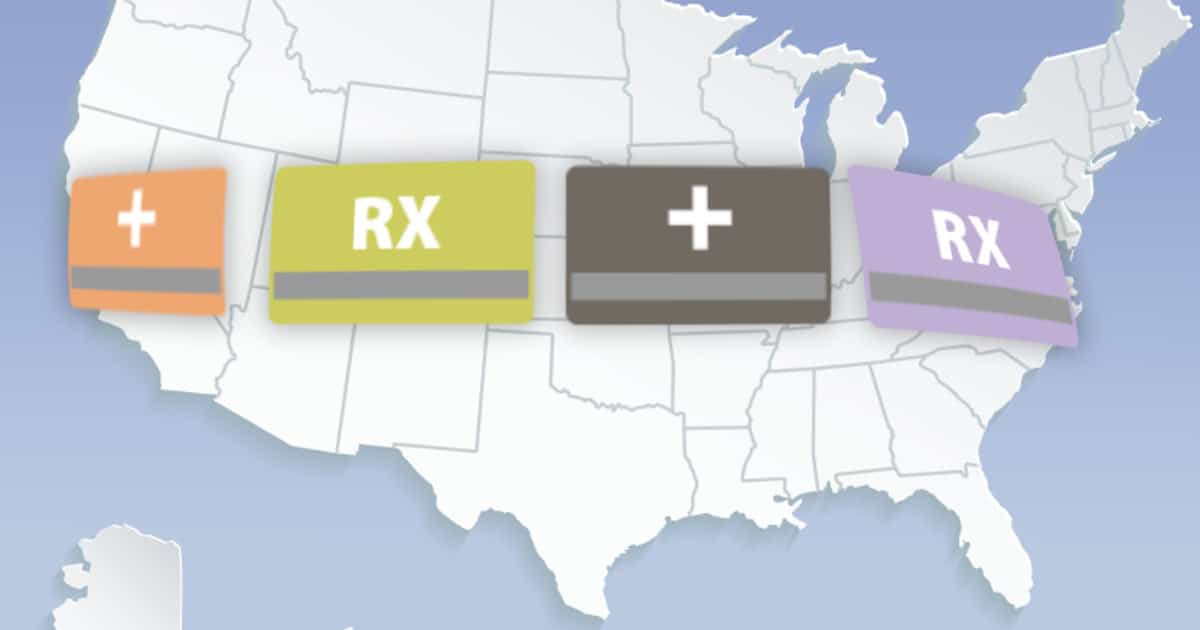Health insurance markets lack competition, AMA reports
Large health insurance companies dominated the commercial and Medicare Advantage markets in 2021, with consolidation shrinking competition and inflating premiums, the American Medical Association reports in a study published Tuesday.
Three-quarters of metropolitan areas lacked a competitive commercial health insurance market, 2% less than the year before, according to the AMA’s annual report on health insurers. In 91% of regions, a single insurer held at least 30% of the commercial markets, the medical society found.
Competition was even weaker in the Medicare Advantage market: Nearly 80% of the 380 metropolitan statistical areas surveyed were “highly concentrated.” That represents an improvement from four years before, when 87% of Medicare Advantage markets were uncompetitive, according to the AMA. A single carrier enrolled more than half of the Medicare Advantage members in 34% of markets last year.
“Unchecked market power among insurers is a formula for higher premiums, lower coverage and inadequate levels of patient care, concerns of great relevance to Medicare Advantage,” AMA President Dr. Jack Resneck Jr. said in a news release. “Most large Medicare Advantage insurers are accused of fraud and flouting the authority of federal agencies.”
The AMA declined to make anyone available for an interview.
Poor competition in health insurance markets also disadvantages physicians, particularly independent providers who lack the clout to negotiate higher reimbursements, the report says. Consolidation largely accounts for lackluster competition, according to the AMA, which calls on antitrust regulators to closely examine prospective horizontal and vertical mergers.
The physician group measured competition levels according to the Herfindhal-Hirschman Indices, which the Justice Department and Federal Trade Commission use to assess potential mergers.
UnitedHealthcare is the largest insurer in both the commercial and Medicare Advantage markets with 51.3 million members, while Blue Cross and Blue Shield companies collectively have the largest geographic footprint.
Elevance Health, formerly Anthem, is the largest insurer by market share in 82 of 383 metro areas, according to the study. Health Care Service Corp.. which sells Blue Cross and Blue Shield plans in Illinois, Montana, New Mexico, Oklahoma, and Texas, is the second-largest and Florida Blue came in third.
None of the insurers immediately responded to interview requests except UnitedHealthcare, which referred questions to the health insurance trade group AHIP, which did not respond to an interview request.
Although the health insurance exchanges were the least competitive overall, market share has varied the most in this product line over time, and smaller insurers have enticed significant numbers of members away from larger carriers.
Elevance Health’s exchanges market share dropped from 14% in 2014 to 4% in 2021 as it went from being the largest player by membership to the sixth-largest. Insurtechs Bright Health Group and Oscar Health, meanwhile, cracked the top 10 the first time last year, although both plan to shrink their exchange footprints for 2023.







